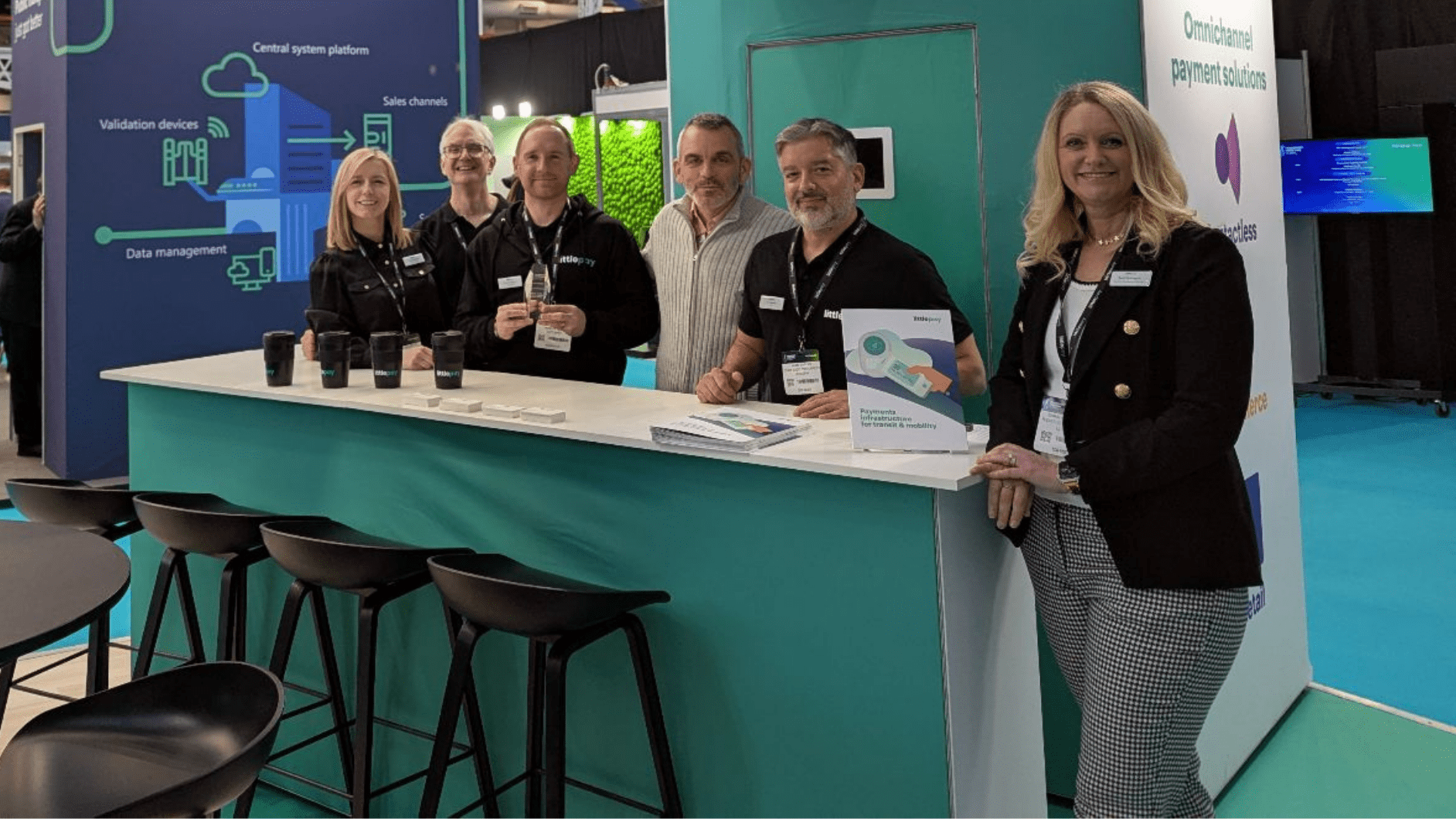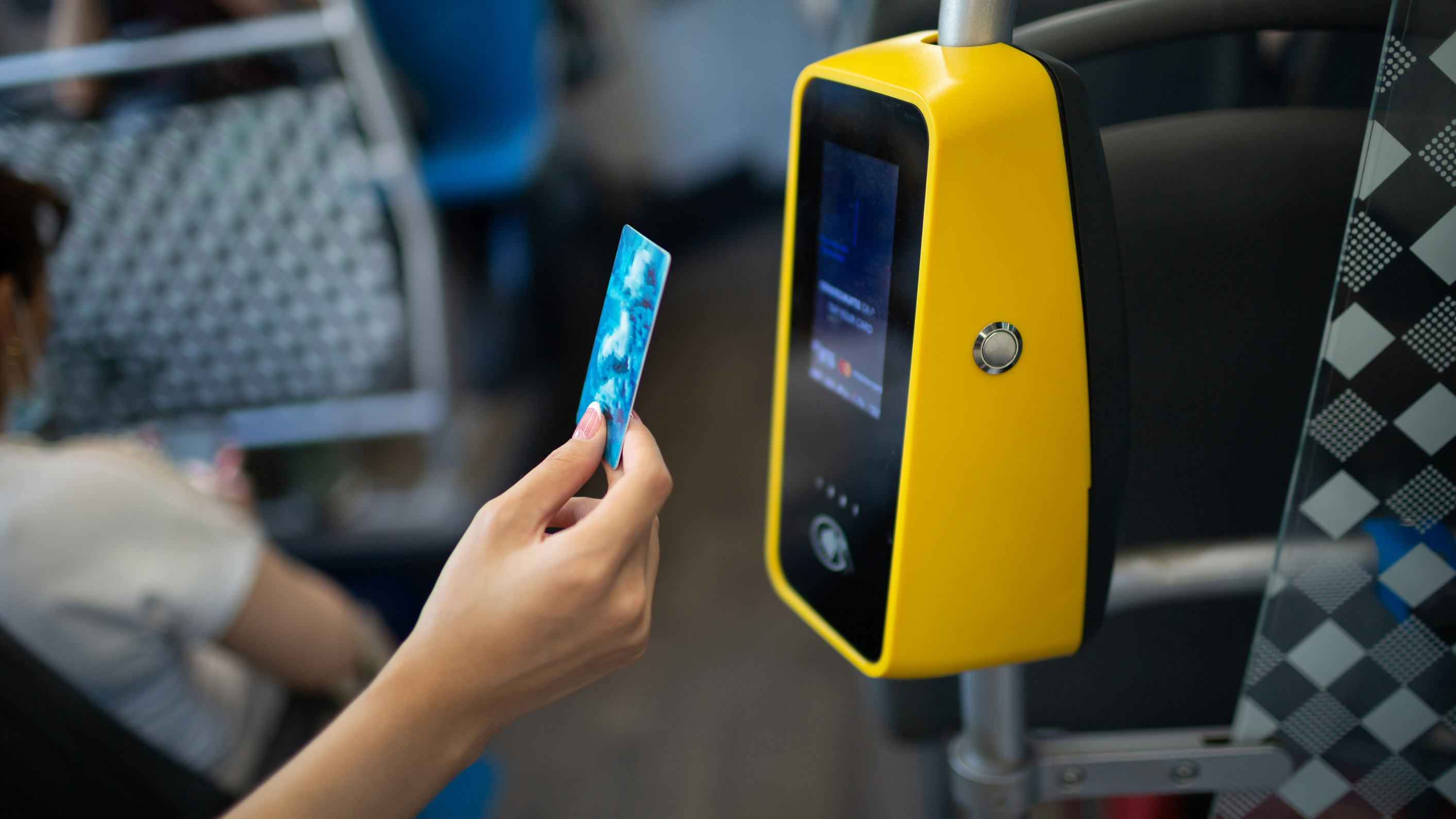Open-loop payments: reducing operational costs for public transport providers in the US
by Kalin Hitrov

Cash is no longer king on public transport networks in the US. The eye watering operational cost of handling physical currency is no longer sustainable amid the rise of contactless open-loop payments.
To realize the compelling financial, social, and environmental benefits associated with mass adoption of public transport in the US, public transit agencies (PTA) and public transport operators (PTO) need deep pockets. This has been amplified recently by soaring operational costs like labor and fuel amid red-hot inflation. But there’s another inflated cost due to their persistence with antiquated processes: fare collection.
This has brought the need to replace cash transactions with contactless open-loop payments into sharp focus for these organizations.
Contactless open-loop payments
Open-loop technology enables passengers to simply use their bank-issued contactless EMV credit or debit card or a smart device to tap and pay for their travel – removing the need for physical tickets or sales equipment. Payments are seamlessly processed via card networks – like Mastercard and Visa – that facilitate the transfer of funds between the merchant’s bank and the customer’s bank.
Clunky and costly cash handling isn’t the only casualty of this contactless payment revolution; closed-loop payment systems, which rely on expensive ticketing infrastructures, are also being jettisoned. Once considered a ‘game changer’ in the public transit space, these pay-as-you-go smart cards are no longer fit for purpose amid consumers’ preference of EMV cards – 90% of passengers now expect contactless fare options for their travels.
For passengers, these innovative systems enable a secure, convenient, and cost-effective way to pay for their travel; while for the PTAs and PTOs that implement them, they offer much-needed operational cost savings.
Streamlined fare collection process
By enabling passengers to use their contactless payment cards, which effectively become their ticket to travel, open-loop systems eliminate the need for top-ups and separate paper tickets, reducing the resources needed to manage and distribute fares.
Reduced cash handling and associated costs
Handling cash is expensive because it’s resource-intensive – from storing it to transferring it to the bank. Open-loop payment systems consign these handling costs to the past by replacing physical transactions with a seamless tap, pay and ride process.
Lower maintenance expenses compared to traditional ticketing machines
Cash and closed-loop fare collection depend on extensive ticketing infrastructures that demand costly maintenance. The open-loop alternative doesn’t require passengers to prepay, removing the need for fareboxes, vending machines and kiosks – and their associated costs.
Improved data collection and analysis capabilities
Going contactless generates vast amounts of digital data that can be analyzed to gain valuable insights like passenger behavior, popular routes, and peak times. This data can be harnessed to optimize service planning and resource allocation, leading to more efficient operations and cost savings.
Cost savings realized
Caltrans’ California Integrated Travel Project (Cal-ITP) embraced contactless open-loop payments in its bid to simplify fare payments. Working in partnership with Littlepay, Cal-ITP delivered contactless demonstrations across the state that produced compelling cost savings.
The Santa Barbara County Association of Governments (SBCAG) was among the first Californian agencies to launch contactless open-loop fare payments. This delivery of touch-free fare payments on its Clean Air Express commuter route not only improved the passenger experience; it reduced physical ticketing and the associated costs.
Cost comparison
The operational cost savings realized by replacing cash handling with open-loop systems are underscored by a whopping 15% reduction in spending on each sale by PTAs and PTOs. This forward-thinking approach also eliminates the need for ticket vending machines which not only demand a huge budget to equip an entire transport network with but also create significant maintenance costs.
Moreover, with an open-loop partner like Littlepay minimizing risk with near-real-time deny lists and debt recovery, operators can keep fare losses at an ultra-low 0.2%.
Future-proofing transit operations
By getting on board with open-loop payments, PTAs and PTOs aren’t just meeting passengers’ need for convenience and cost-savings now, they’re also future-proofing their operations in the process.
The modular ticketing systems that power the open-loop model provide these organizations with the ability to upgrade rather than replace their payment solutions. This flexibility ensures that they can keep pace with changing consumer preferences and technological advancements, without breaking the bank and without delay.
An open-loop system’s capacity to streamline passengers’ payment experience improves customer satisfaction, motivating them to keep coming back. They also safeguard revenue by employing automated mechanisms like authentication and authorization and fraud detection and prevention.
Don’t get left behind
Research by VISA shows that the financial and payment benefits of open-loop systems on public transport are being realized: 75% – the highest response – of participants in their survey of transit agencies and cities cited reduced cash management costs and simplified fare payment processes as the top benefit.
Don’t remain financially burdened by outmoded physical payment processes. Reduce or even eliminate crippling operational costs – from maintaining ticket vending machines to handling cash – by opening your mind to open-loop payments.
At Littlepay, our commitment to making fare collection frictionless through contactless open-loop technology not only enhances the passenger experience; it reduces operational costs associated with handling cash and closed-loop systems for public transport providers. To learn more about how your organization can realize the cost-saving benefits of our cloud-based transit payments infrastructure, contact our team today.
Trending Topics

Project Highlights: Washington DC’s record breaking upgrade to accept open loop payments

Nevada County Connects leverages Cal-ITP’s Mobility Marketplace to elevate the payment experience across its bus network

 Insight
Insight
 Knowledge
Knowledge
 News
News



